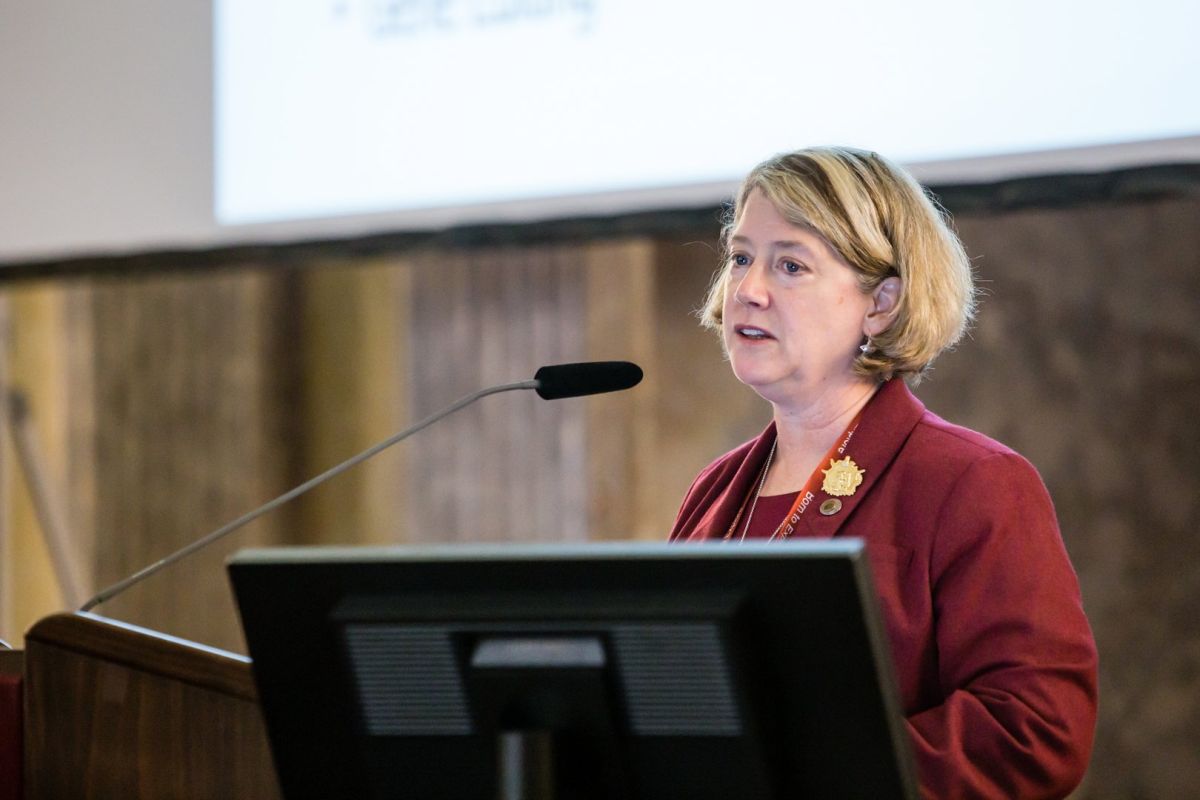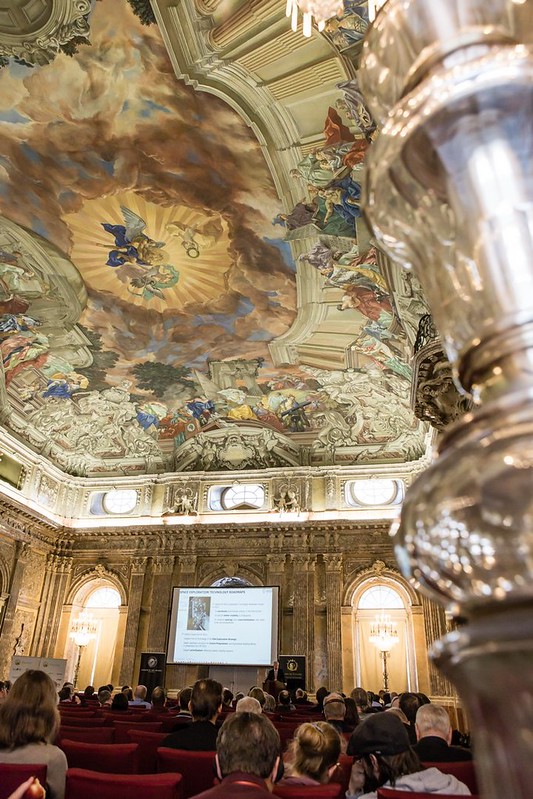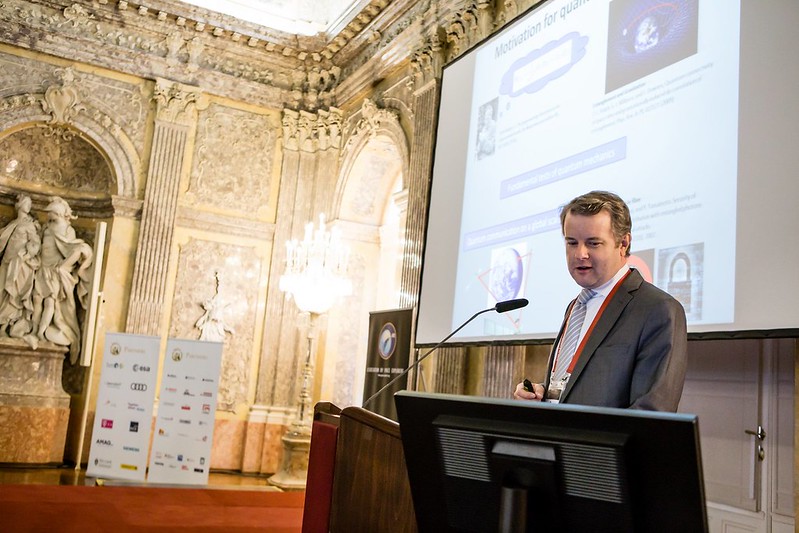
a recap of ASE day4
The last public accessible day of the planetary congress takes place in the beautiful venue of the Austrian academy of science. High above the head of the speakers it is written in golden letters: “CAVSARUM INVESTIGATO” which translates to investigate the cause and aligns perfectly with this year’s motto – ‘born to explore’.
The morning starts with fascinating outlooks on NASA’s and ESA’s technology roadmaps.
The first is presented by Bonnie J. Dunbar who provides an insight into NASA’s strategy of going to Mars, which focuses on reducing elements of risk of Mars travels. She reviews that many goals have been discussed last week during the IAC, which preceded the ASE planetary congress. One of the mentioned goals focuses on worldwide cooperation in order to develop useful technologies for further exploration.
Thomas Reiter elaborates ESA’s plan of a lunar habitat, but also explain their goals in Lower Earth Orbit (LEO) and Mars. These are the three key elements of ESA exploration. Further, he introduces aspects such as the ESA citizens’ debate, which allowed individuals outside the space industry to feedback processes and confirm their trust and thoughts on space exploration. He also presents his perspective of leaving the technology road-map and travel towards a development strategy. High priorities are habitation transport navigation and robotics.
He is followed by the Austrian Physicist Rupert Ursin, who allows insights into the Austrian-Chinese efforts of establishing a satellite based quantum communication network. He holds the current record of quantom teleportation over 150 km, using quantum entanglement. Due to the fact that the measurement photons have to be brought together, the information still can only travel at the speed of light, but the information can be encrypted in a way, that is physically not decryptable. With current technologies, it is just a matter of time to decipher any file.
A potential hacker needs to stay in the optical path between the satellite and the receiving station to capture the single photons. Therefore he has to travel with the same angular velocity as the satellite and would interrupt the information stream. He also needs the decryption key, which can only exist once.
There were already plenty of ground tests conducting, sending the photons from one telescope to another through the densest part of the atmosphere and are therefore comparable to satellite to ground connections.
After a short breakfast break an introduction of human, robotic interaction follows. In contrast to traditional industrial robots, which are supposed to move heave parts in a fast and exact way and follow a programmed path, modern robotics tries to soften the robots and give them a sense for their environment. An example for this process is the adjusting of their path if an object is blocking them. Currently, the only steady crew member of the ISS is the Robonaut, who interacts with the human crew and helps at different talks.
The next presentation is done virtually by Franklin Chang-Diaz about the Ad Astra Rocket Company. They work in high power electric propulsion and their VASIMIR engine is the most advanced of this type today. It works by accelerating plasma in a magnetic field to extremely high velocities, and therefore needs much less propellant mass, to gain the same impulse. The engine is from 50kW scalable up to multi MW and promises a long lifetime.
More photos on our Flickr channel
text: Silvio de Carvalho & Alex Hofmann
Recent Posts
- a roadmap to heaven – technology and future science October 8, 2016
- #ASE29 goes West, South, East and North October 6, 2016
- “6 years of training for 6 hours in space” October 4, 2016
- “Austria is a small country, but big in space” October 3, 2016
- Born to Explore Contest – a short summary of the winning entries September 27, 2016


